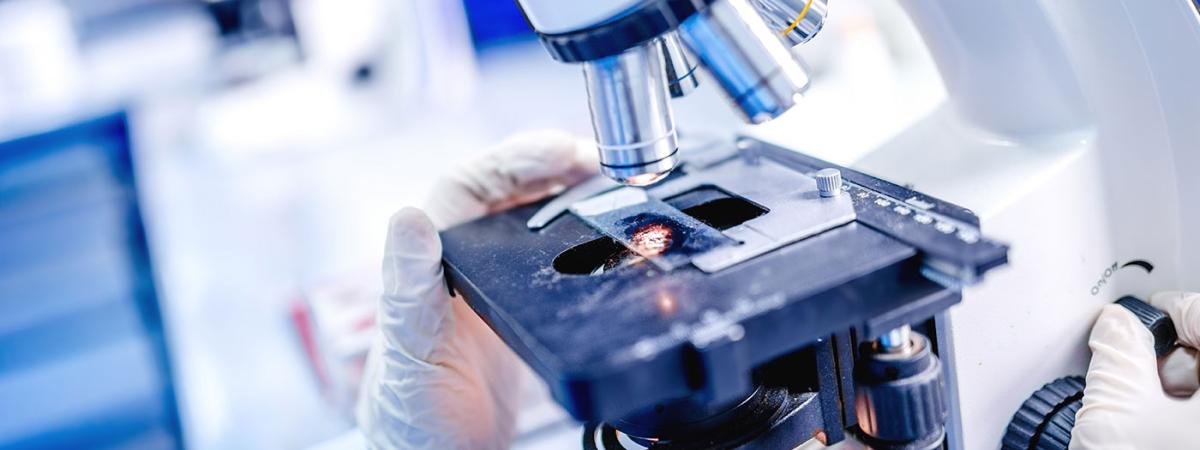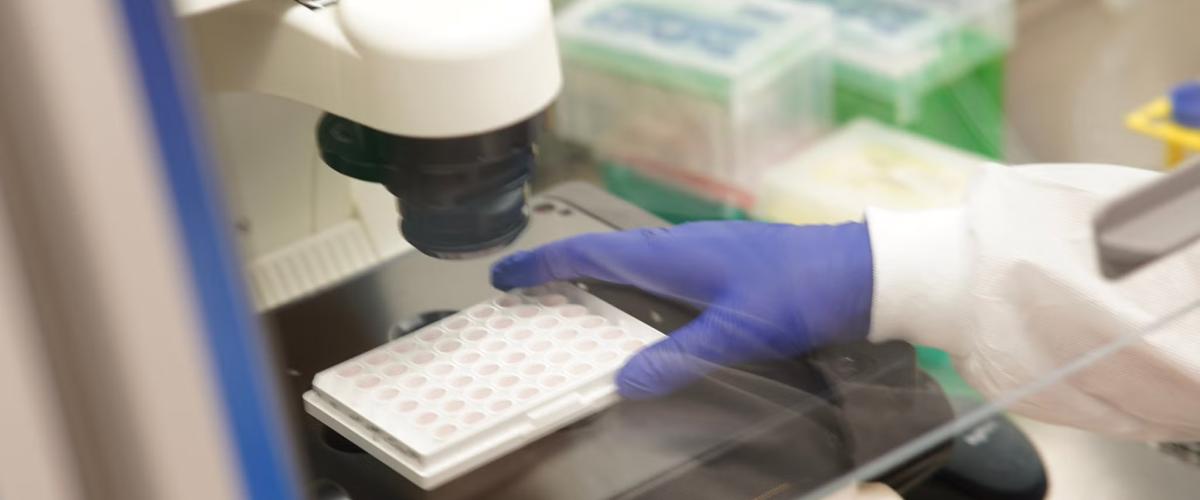$2.9M NIH grant focuses on transmission and diagnostic testing
Affecting both people and animals, prion diseases are degenerative brain disorders that can debilitate or kill their victims. The most common form of prion disease affecting humans is sporadic Creutzfeldt-Jakob disease (sCJD). There are about 350 cases of the disease in the U.S. each year. Disease symptoms include dementia, difficulty speaking and walking, and hallucinations. Examples of prion diseases in animals include mad cow disease in cattle, chronic wasting disease in elk and deer, and scrapie in sheep and goats. Another medium for transmitting the disease can be surgical instruments used in brain surgery on infected patients, but which are not properly cleaned. Other risk factors include a family history of prion disease and receiving contaminated transplanted corneas. In addition, diagnosis of the disease is complicated by the fact that human symptoms of prion disease are similar to those of other serious neurological conditions, such as Alzheimer’s disease, making diagnosis difficult. In prion diseases, the normal prion protein PrPC is converted into an abnormal, misfolded version, PrPSc, mainly in their brains known for a long time. Wenquan Zou and his collaborator, Qingzhong Kong, both of Case Western Reserve University School of Medicine, have been awarded $2.9 million from the National Institutes of Health to extend their previous path-breaking finding of skin prions of these devastating diseases. Zou, the leading principal investigator (PI), and Kong, the co-PI, both are associate professors in the departments of pathology and neurology and affiliated with the National Prion Disease Pathology Surveillance Center of Case Western Reserve University School of Medicine. Last November, they published a paper in Science Translational Medicine describing that infectious prions are present in the skin of cadavers with sCJD. This finding raised two critical questions that they will explore with the new NIH grant:- Can skin prions serve as a pre-mortem and post-mortem diagnostic biomarker for sCJD?
- Are skin prions a source of prion transmission between humans?





